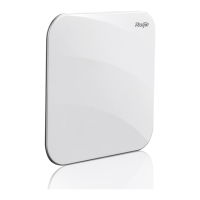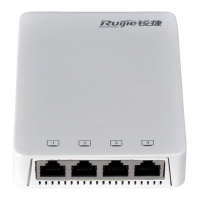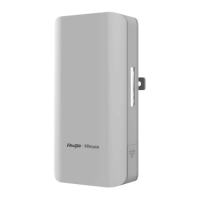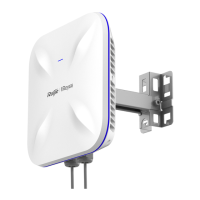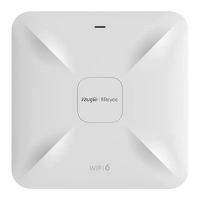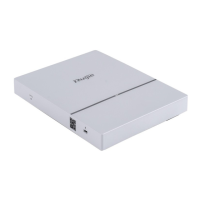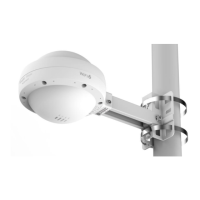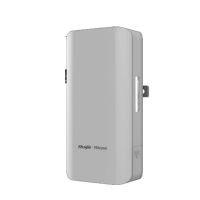Configuration Guide Configuring SNMP
5.3.1 Basic SNMP Functions
Working Principle
Working Process
SNMP protocol interaction is response interaction (for exchange of packets, see Figure 5-4). The NMS actively sends
requests to the agent, including Get-request, Get-next-request, Get-bulk, and Set-request. The agent receives the requests,
completes operations, and returns a Get-response. Sometimes, the agent actively sends a trap message and an Inform
message to the NMS. The NMS does not need to respond to the trap message but needs to return an Inform-response to the
agent. Otherwise, the agent re-sends the Inform message.
Related Configuration
Shielding or Disabling the SNMP Agent
By default, the SNMP function is enabled.
The no snmp-server command is used to disable the SNMP agent.
The no enable service snmp-agent command is used to directly disable all SNMP services.
Setting Basic SNMP Parameters
By default, the system contact mode, system location, and device Network Element (NE) information are empty. The default
serial number is 60FF60, the default maximum packet length is 1,572 bytes, and the default UDP port ID of the SNMP
service is 161.
The snmp-server contact command is used to configure or delete the system contact mode.
The snmp-server location command is used to configure or delete the system location.
The snmp-server chassis-id command is used to configure the system serial number or restore the default value.
The snmp-server packetsize command is used to configure the maximum packet length of the agent or restore the default
value.
The snmp-server net-id command is used to configure or delete the device NE information.
The snmp-server udp-port command is used to set the UDP port ID of the SNMP service or restore the default value.
Configuring the SNMP Host Address
By default, no SNMP host is configured.
The snmp-server host command is used to configure the NMS host address to which the agent actively sends messages or
to delete the specified SNMP host address. In the messages sent to the host, the SNMP version, receiving port,
authentication name, or user can be bound. This command is used with the snmp-server enable traps command to actively
send trap messages to the NMS.
Setting Trap Message Parameters
